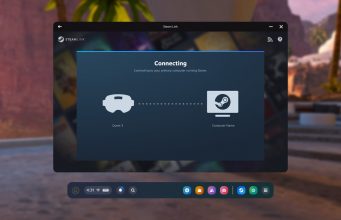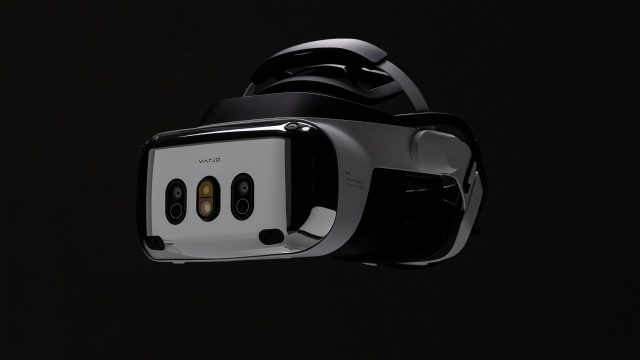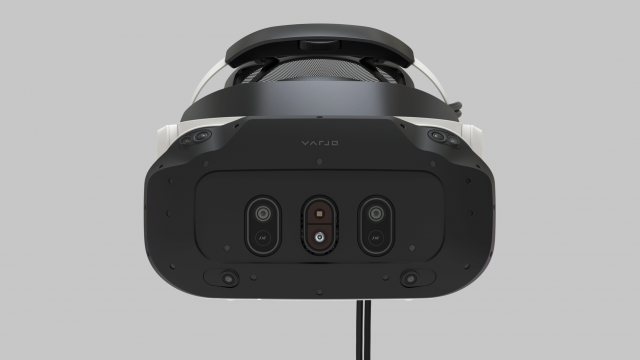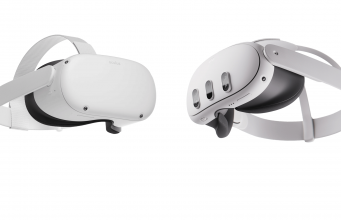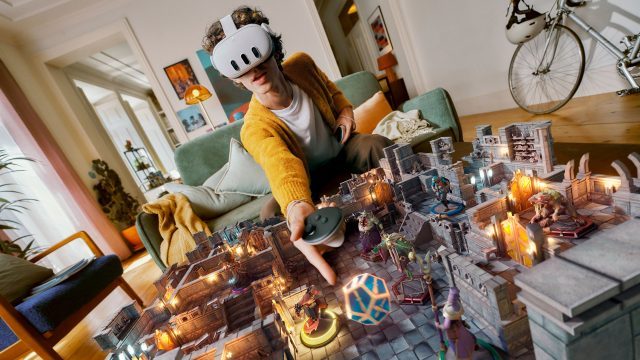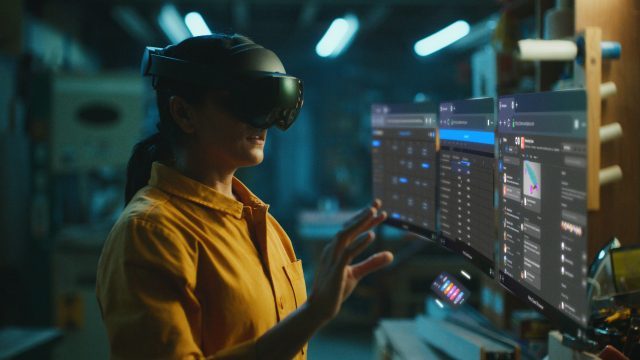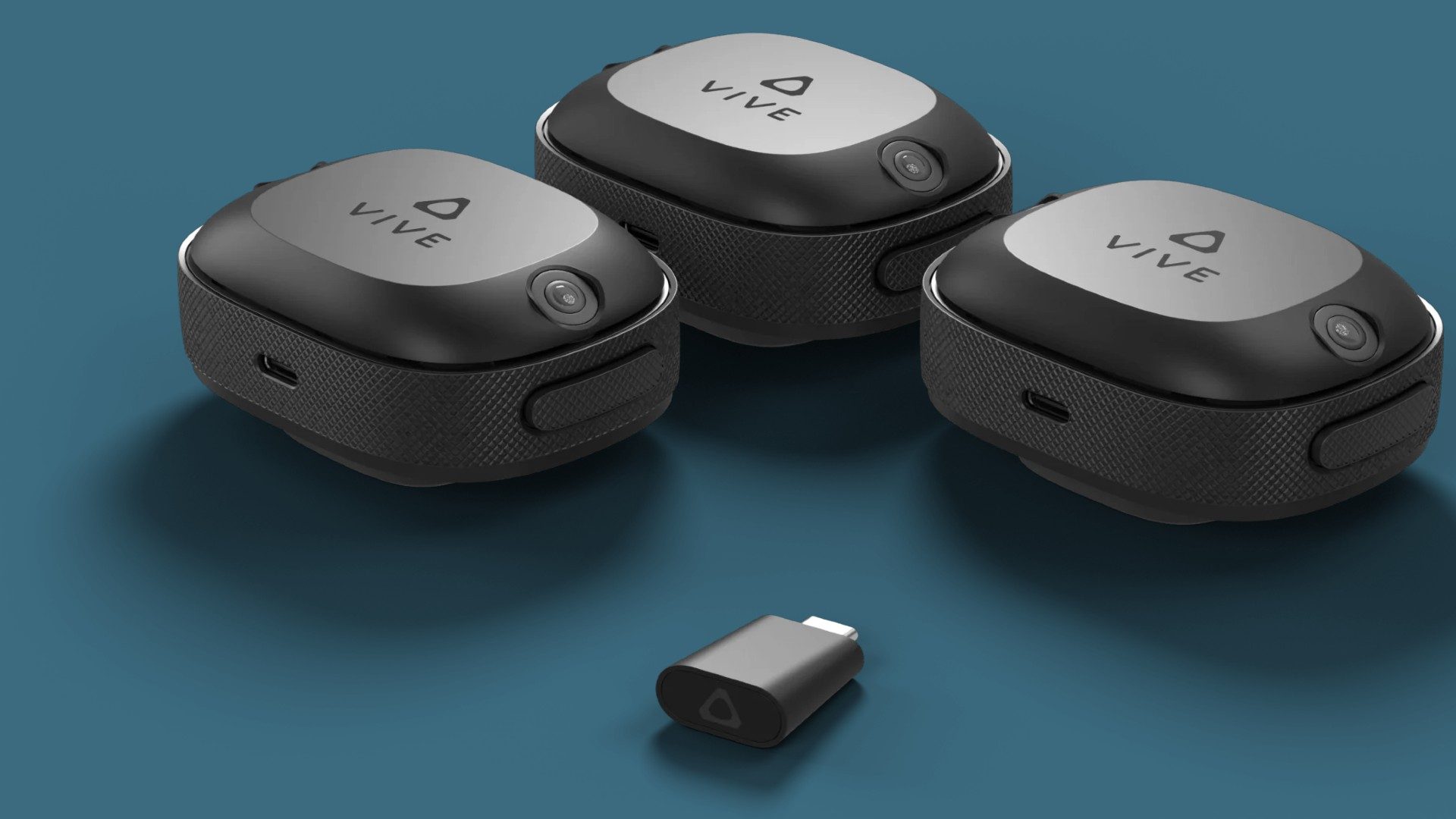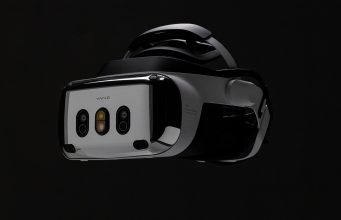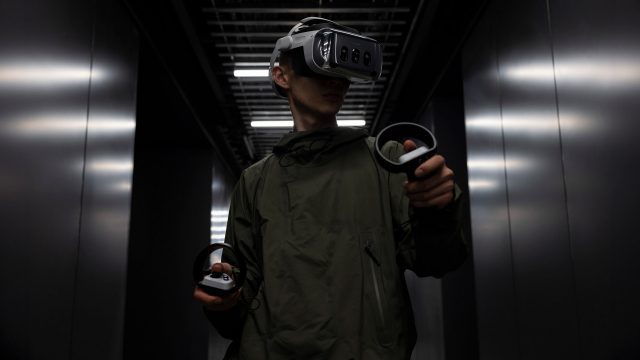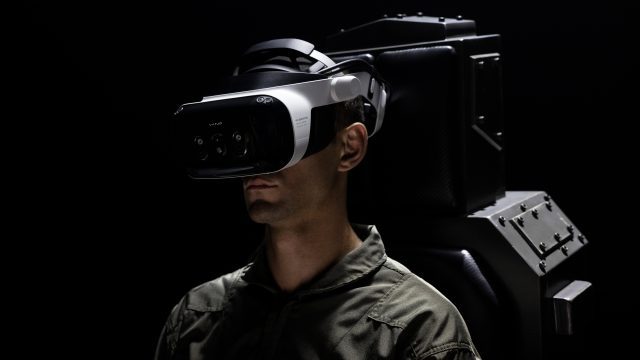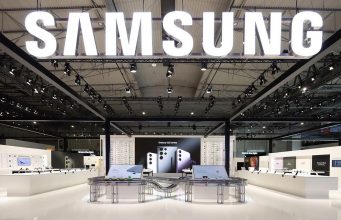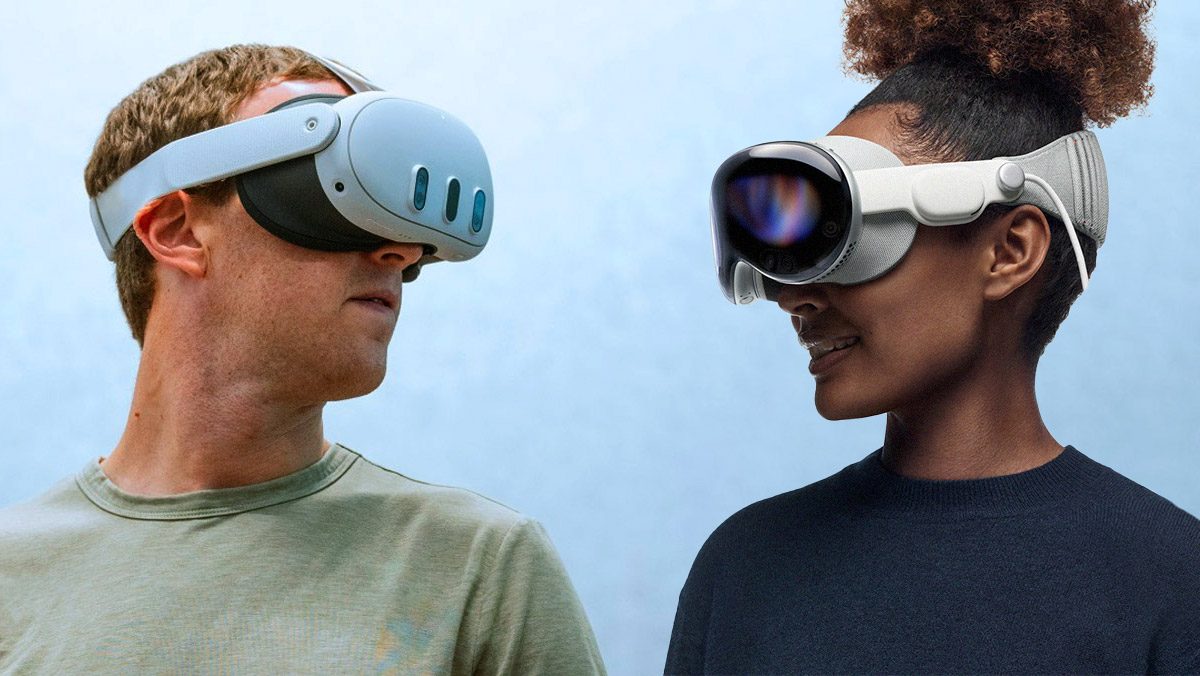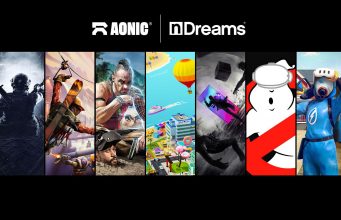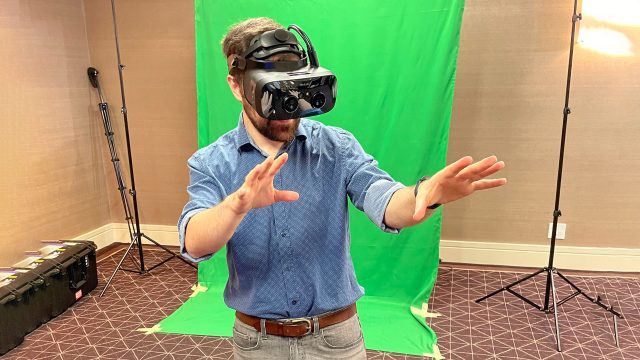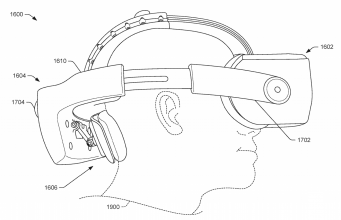Creator of Indie Breaktout ‘Braid’ Building Roomscale VR Game With ‘no concessions for stationary play’
Jonathan Blow, the creator of one of indie gaming’s fomative successes, Braid, has begun hiring a team to develop his first VR game.
Before Fez (2012), before Limbo (2010), and before Minecraft (2009), Braid (2008) was one of the breakout successes in the formative years of indie game development and distribution.
Braid is a fairly basic 2D platformer, but with the twist of intriguing time-manipulation mechanics which made it play more like a puzzle game than a typical side-scroller. The game was widely praised and its success helped indie game development become… well, a thing. Braid is getting an Anniversary Edition next year.

Now years after his 3D puzzler followup, The Witness (2016), creator Jonathan Blow is ready to try his game design chops in the VR realm with a focus on pure roomscale gameplay.
“This game has a boundary-pushing design and is made for untethered, roomscale play, with none of those game-ruining concessions for seated or stationary play,” says Blow.
While the game is far from a formal announcement, he recently shared that he’s looking to hire a small team of developers for the project, including a VR Lead Programmer:
Lead development of a new VR game, starting the game from scratch, using our in-house engine. This game has a boundary-pushing design and is made for untethered, roomscale play, with none of those game-ruining concessions for seated or stationary play.
Lead one other programmer and work with others at the company to build this game on a relatively rapid timescale. We’re looking for someone very motivated who can build high-quality technical systems without micromanagement.
Experience shipping VR games is a huge plus. Experience with Android and Vulkan rendering are a substantial plus (but it’s not a dealbreaker if you are fluent in some other rendering API). No C# Unity programmers please (unless you just happen to know C# and are better in a systems language than you are in C#).
Our engine and gameplay code are written in the in-house programming language created by Thekla. It is a modern systems language with high-powered features that do not cost runtime performance; we recommend looking into the language before applying.
Given the job description (“tetherless,” “Android,” etc), it sounds like the game is very likely to target Quest as a first priority, though Blow hasn’t confirmed any specific platforms of release.
Speaking to Road to VR Blow said that although this will be his first VR game, he’s dabbled in the medium before.
“I have been interested in VR for a long time. We had The Witness running on Valve’s pre-production hardware [prior to HTC Vive]. But the time was never right for me to do a game,” he said.
As for why he’s looking back toward VR now? He says the hardware is ready.
“It is just more about hardware having reached a certain threshold that is pretty good now, so it will only get better from here.”
Blow says development of his new VR game is expected to begin in earnest starting in 2024, so it will be some time before we see a formal announcement.

